Hiking is often celebrated for obvious perks like stronger legs, improved stamina, and better cardiovascular health. But its benefits go far beyond the physical. Research shows that spending time in nature enriches the body in many ways. Some effects are obvious, while others remain hidden, quietly influencing well-being in ways most people never notice.
Time on the trails awakens the senses and offers a chance to step away from daily stress and distractions. In a world dominated by screens, notifications, and constant mental clutter, hiking provides a rare opportunity to unplug. It helps you reconnect with your body, your mind, and the environment around you.
Beyond cardio, these lesser-known benefits make hiking profoundly therapeutic.
Grounding: Reconnecting with the Earth
Grounding, or “earthing,” is a simple yet powerful practice of directly connecting your body to the Earth’s surface. It’s not mystical. It’s how humans have naturally interacted with their environment for centuries. Walking barefoot on grass, touching soil, or swimming in natural water are all forms of grounding, often overlooked in our modern, concrete-dominated lives.
At its core, grounding helps restore the body’s electrical balance. Modern life with synthetic materials, indoor environments, and electromagnetic fields can create free radicals that increase oxidative stress and chronic inflammation.
By absorbing electrons from the Earth, our bodies may neutralize harmful free radicals. This process supports natural healing and can reduce low-grade inflammation linked to heart disease, autoimmune disorders, and mental health challenges.
Even brief moments of grounding during a hike can subtly reset your body, leaving you more balanced and refreshed.
Hiking and Immunity: The Role of Phytoncides
The air in forests and natural areas isn’t just fresher, it’s rich in compounds called phytoncides, released by trees and plants. Inhaling these natural chemicals has been shown to boost the activity of natural killer cells, essential components of the immune system. This means spending time on the trail can strengthen your body’s defenses and help fend off infections.
With over 80 percent of Canada’s population now living in urban areas, many people rarely get prolonged exposure to such natural environments. This makes forest visits especially valuable.
Beyond immunity, phytoncides reduce stress hormones, producing a calming effect that can linger long after you leave the forest. The Japanese call this practice “Shinrin-yoku,” or forest bathing, and studies show it improves both physical and mental well-being.
Neuroplasticity: Giving Your Brain a Reset
Being in nature encourages beneficial changes in brain function. Studies show hiking can reduce activity in the prefrontal cortex. It’s the area linked to overthinking and stress, while boosting regions associated with creativity and problem-solving.
This effect is especially powerful for young people living in a constant swirl of notifications, trends, and FOMO. According to TruLaw, curated apps like Instagram and TikTok often intensify the pressure by trapping users in echo chambers.
The concern has grown serious enough to trigger legal action. The Instagram and TikTok lawsuit on mental health argues that these platforms intentionally use addictive designs that harm users’ psychological well-being.
Hiking offers the opposite experience as a natural reset. The crunch of gravel, the sound of running water, and the focus needed to navigate uneven terrain engage the senses in restorative ways.
The American Heart Association even notes that just four days in nature can boost problem-solving skills by 50 percent. It shows the outdoors can be a true antidote to digital stress.
Balance and Coordination: The Trail as a Gym
Uneven trails, rocks, and streams force constant micro-adjustments in posture and movement. This engages your vestibular system, cerebellum, and stabilizing muscles in ways flat-surface exercises cannot.
Hiking strengthens coordination, reflexes, and proprioception, also called kinesthesia. It’s the ability to sense and move your body and limbs freely within your environment. This kinesthetic awareness is crucial for everyday activities and essential for sports performance.
Each step over tricky terrain becomes a subtle workout for the brain-body connection, improving motor control while also building resilience in joints and ligaments. Even short or moderate trail hikes often outperform hours in a gym focused solely on linear exercises.
In this way, hiking becomes a highly effective form of functional movement training. Over time, it lowers the likelihood of falls and injuries, both while hiking and during everyday activities.
Memory Boost: Trails Over Streets
Studies suggest that walking in natural environments improves memory more effectively than walking in urban settings. In one University of Michigan experiment, students completed a memory test before being divided into two groups.
The first group walked through an arboretum, while the second walked along a city street. When retested, the nature-walk group showed nearly a 20% improvement, while the urban-walk group showed no consistent change.
Another study focusing on individuals with depression reached a similar conclusion: nature walks led to greater gains in working memory compared to urban walks. These findings indicate that time spent in green spaces supports cognitive processes in ways that city environments do not. Hiking, therefore, offers measurable mental benefits beyond physical exercise.
FAQs
What plants are high in phytoncides?
Trees and plants in forests are richest, especially conifers like pine, cedar, and cypress. Other examples include oak, birch, eucalyptus, and rosemary. Spending time around these plants exposes you to phytoncides, which support immunity and reduce stress naturally.
Can exercise boost neuroplasticity?
Yes. Regular physical activity stimulates brain chemicals that enhance neural growth and connectivity. Exercise improves learning, memory, and cognitive flexibility, helping the brain adapt and reorganize, making neuroplasticity stronger at any age.
What part of the brain manages balance and coordination?
The cerebellum plays a central role in maintaining balance and coordinating movements. It integrates sensory input, manages muscle activity, and fine-tunes movements. This helps the body maintain stability, posture, and smooth, precise motion during daily activities and exercise.
Overall, hiking is more than exercise; it’s a holistic therapy for mind, body, and spirit. From grounding your nervous system to improving balance, boosting immunity, and enhancing brain function, the trail offers benefits that most workouts cannot.
In a society dominated by screens and overstimulation, taking time for a hike is a form of self-care backed by science. The next time you step outside, consider it a full-body reset, a natural prescription for stress, inflammation, and mental fatigue. Lace up your boots, breathe deeply, and let nature do the healing.

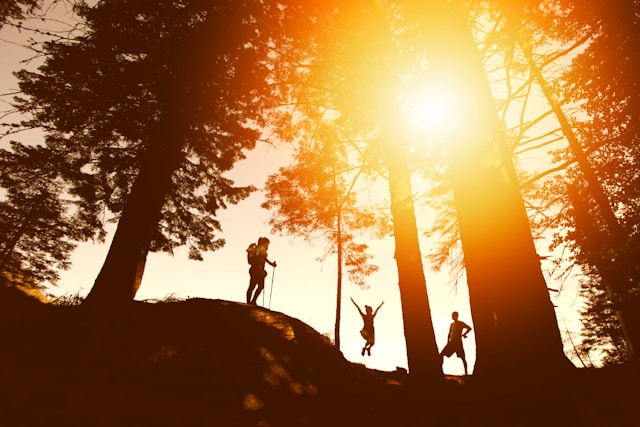

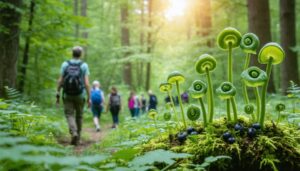

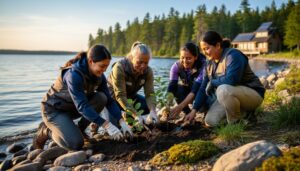






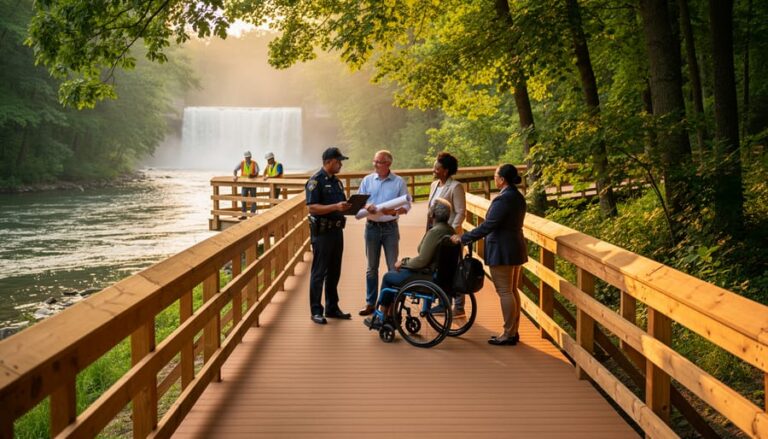
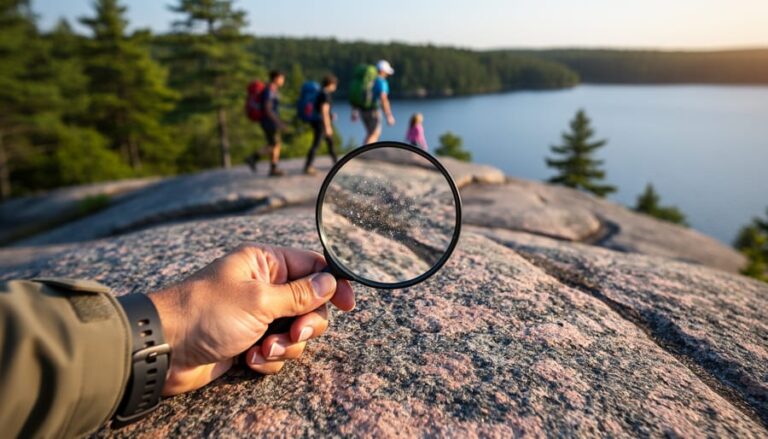
+ There are no comments
Add yours